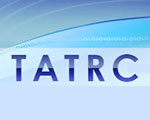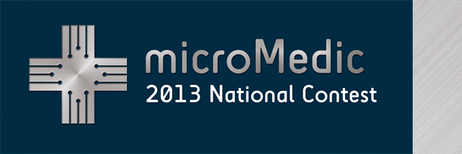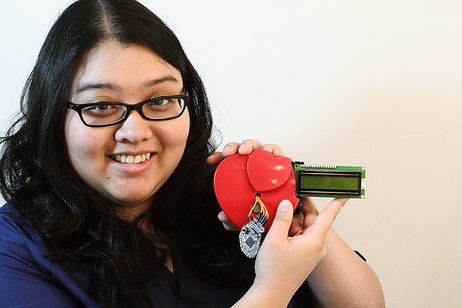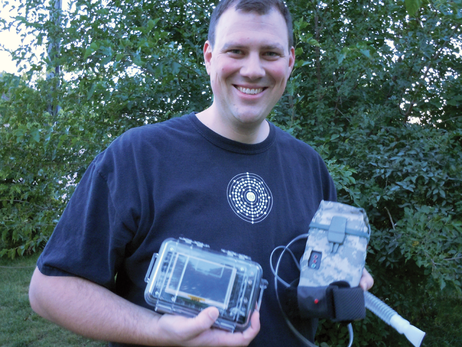Next Generation Medical Innovation Via Open Innovation
Published Jun-09-14Breakthrough:
A USA nationwide open innovation contest for the next generation of medical innovations. Winning technologies included a novel cardiac simulator, a triage training system and a hi-tech alternative to a blind person’s cane.
Company:
United States Army, United States
The Story:
 No one organisation, company or outfit has the monopoly on great ideas, a fact recognized by an ever increasing number of public and private sector outfits that are turning to the crowd for inspiration. They understand that brilliant ideas can come from anywhere.
No one organisation, company or outfit has the monopoly on great ideas, a fact recognized by an ever increasing number of public and private sector outfits that are turning to the crowd for inspiration. They understand that brilliant ideas can come from anywhere.One source of ideas and inspiration for the U.S. Army Telemedicine and Advanced Technology Research Center (TATRC) is the general public. In 2013 it launched one of its open innovation contests to use microcontroller and sensor systems to create medical applications and products for medical simulation training, the healthcare industry and the battlefield.
Medical Devices of the Future
The 2013 National microMedic Contest was open to anyone from high school students and electrical engineers to healthcare professionals and retirees. The innovation competition was a joint initiative with Carnegie Mellon University and Parallax.
The submission period was open for several months of feverish creative activity and entrants were judged by members of the U.S. Army, Carnegie Mellon University and the wider scientific community. They awarded $28,000 to winners in a number of categories.
Prize-Winning Triage Training Innovation
The overall winner in the public division was David Dorhout who picked up a check for $5,000 for his Triage Training System. It is a mobile, cost-effective way to provide more realistic scenarios than are currently available when training first responders.
The system includes an “Acting Coach” that each ‘victim’ wears. It provides instructions on how each actor playing a victim should behave and simulates life signs such as a pulse. A second system is the “Coordinator’s Tablet” that the coordinator uses to manage the simulation. A short video demonstrating the technology can be seen here:
Among the other notable winners were:
HeartMe Cardiac Simulator by cardiovascular surgery nurse Rebecca Yang. This is a suggested alternative to heavy and bulky cardiac simulators. It is a lightweight, cheap and mobile simulator capable of simulating electrical activity, auscultated audio and palpated pulse of 17 different rhythms.
Neuro by LWD robot Club. The club’s innovation is an inexpensive device to conduct a quick neurological field assessment of a person suspected of sustaining a brain injury. The clever piece of kit does this by having the subject perform a series of tasks and measuring their responses. It also asks a series of questions and compares them with the correct answers. Tests can be completed in under three minutes.
Asthma Eliminator by Eagle Mountain Homeschool Co-op. The school students came up with a technology to help asthmatics avoid having asthma attacks. It does this by monitoring breath pressure and warning the user if it exceeds a pre-set point. The system is customized to an individual’s lung capacity and can be particularly beneficial in situations when people don’t recognize that they are about to have an asthma attack.
soniCane by Steve Lubbers. This is a high-tech cane alternative to a blind person’s cane. The invention uses sensor technologies such as sonar to help blind individuals find their way and avoid hitting obstacles.
Next Story »



